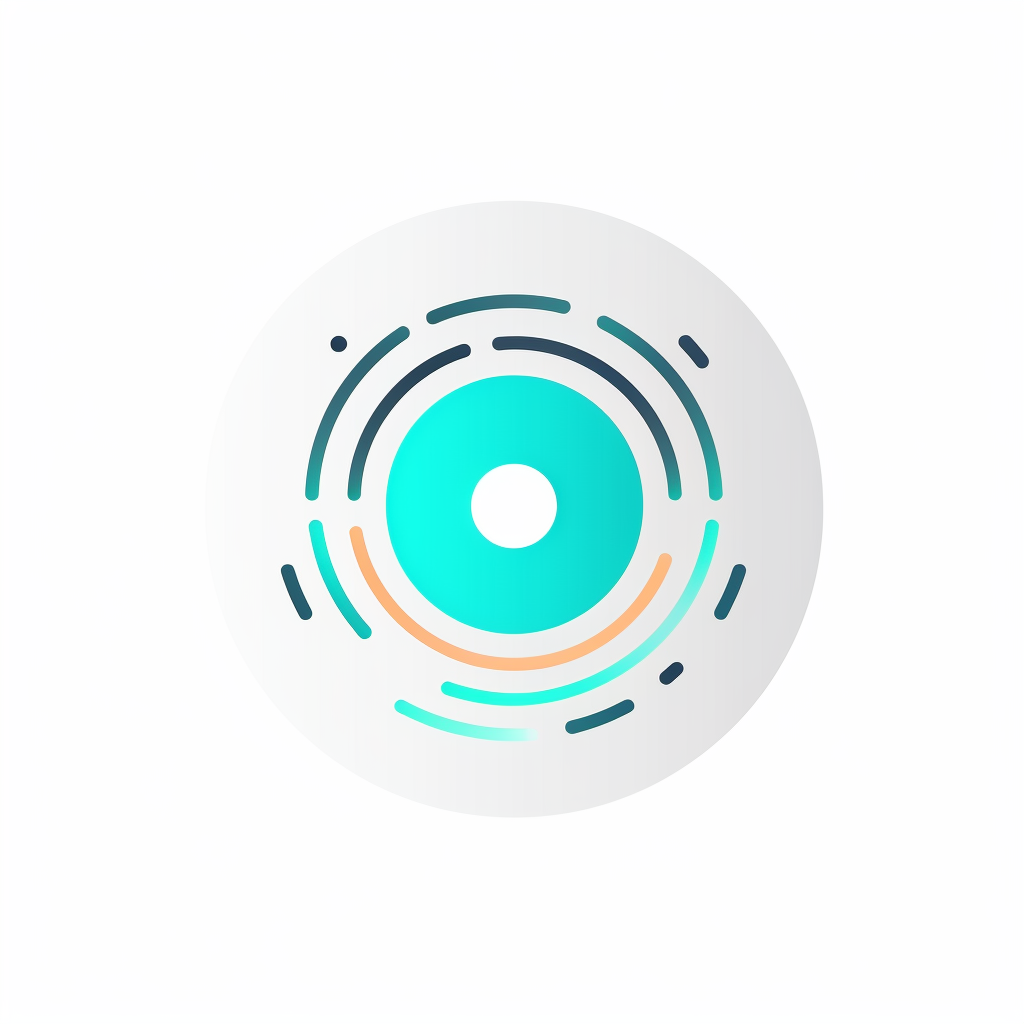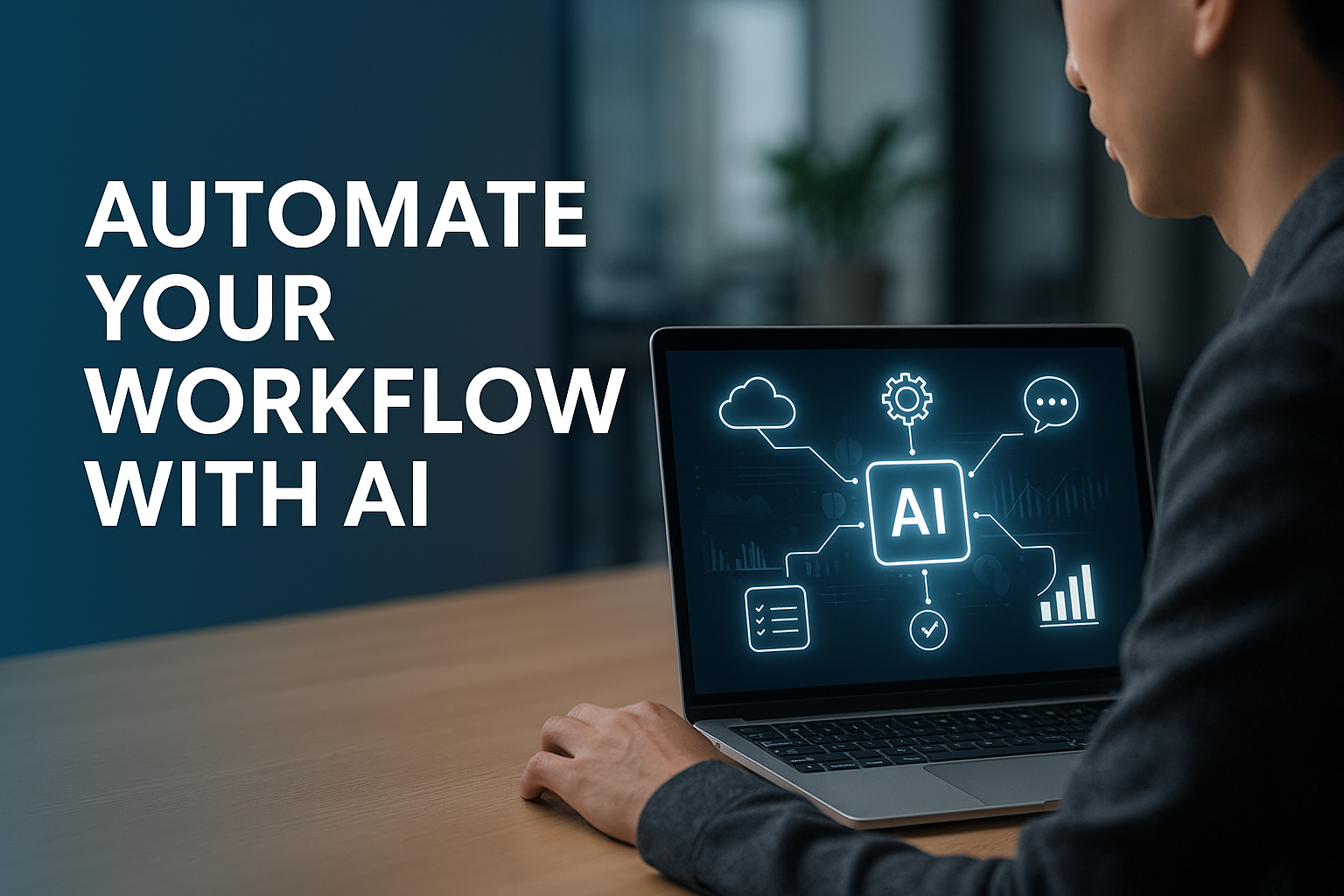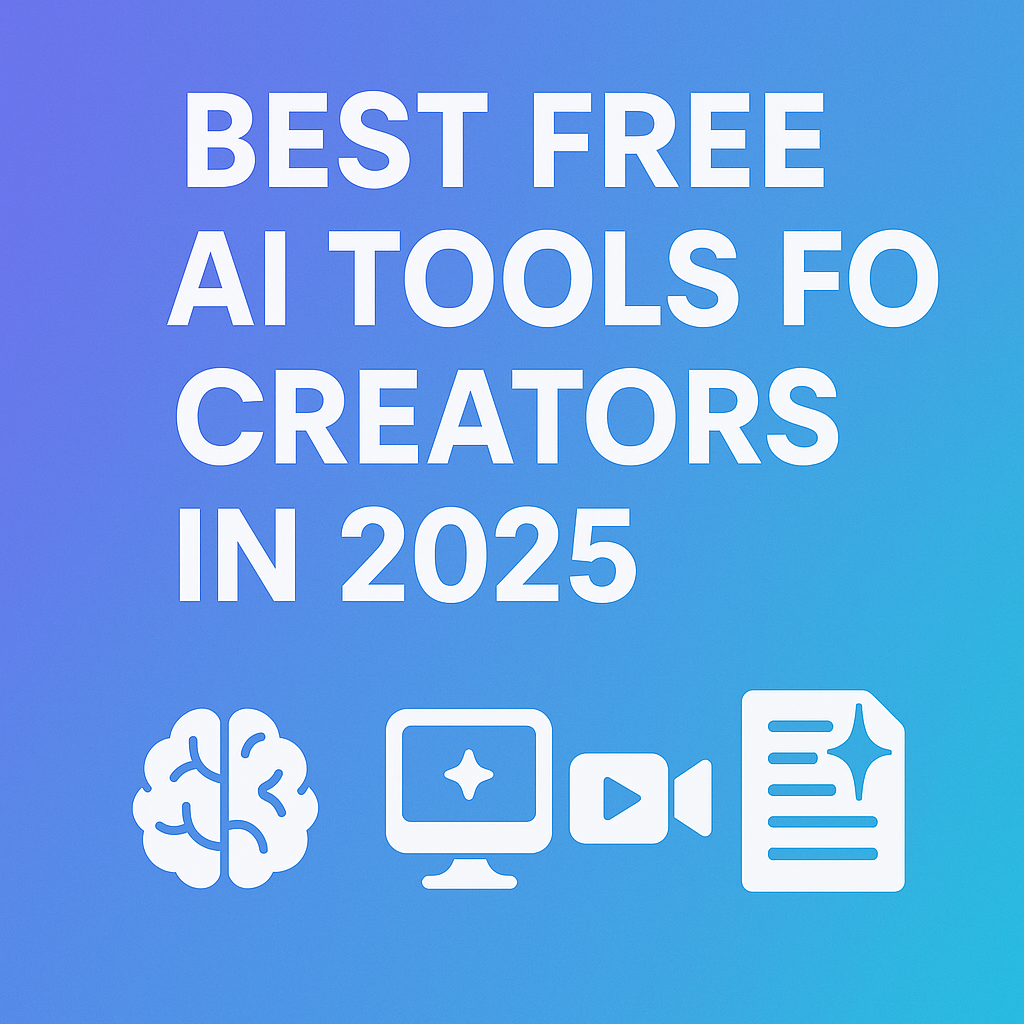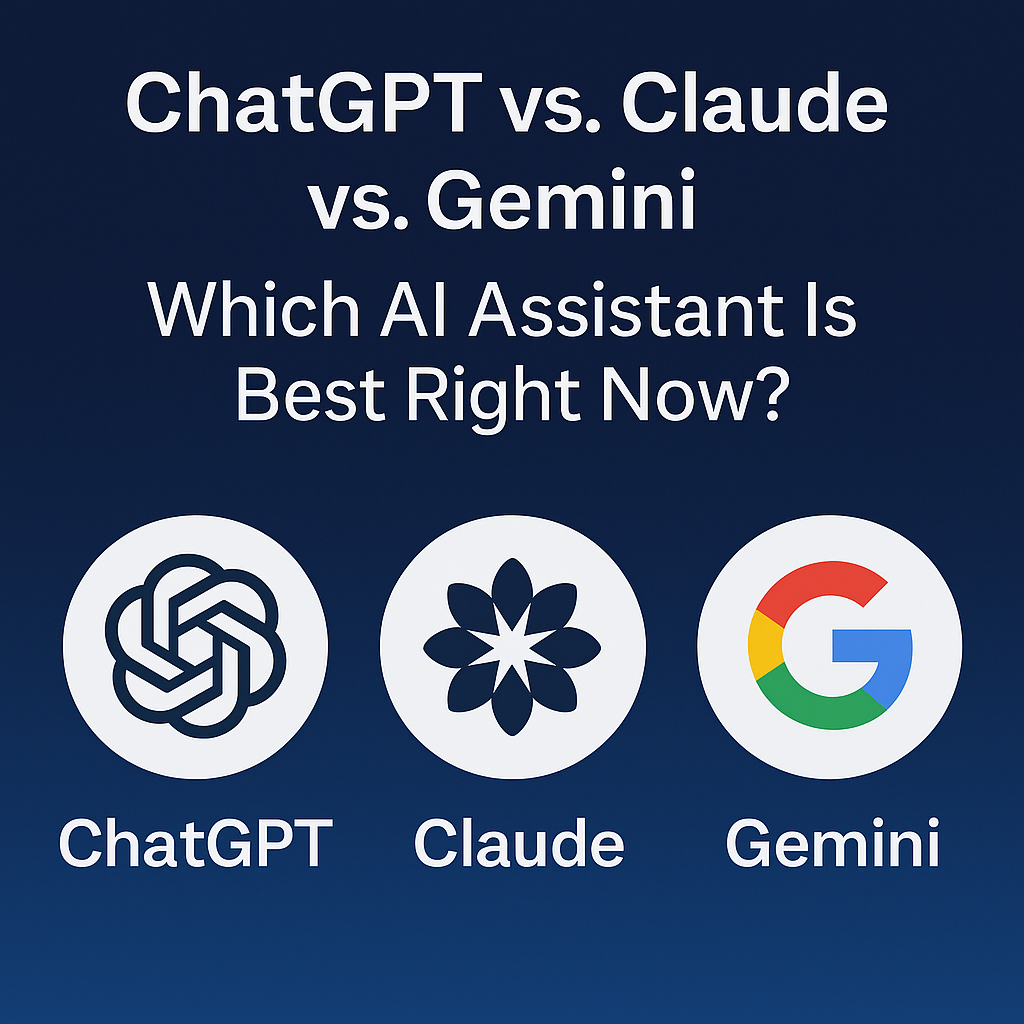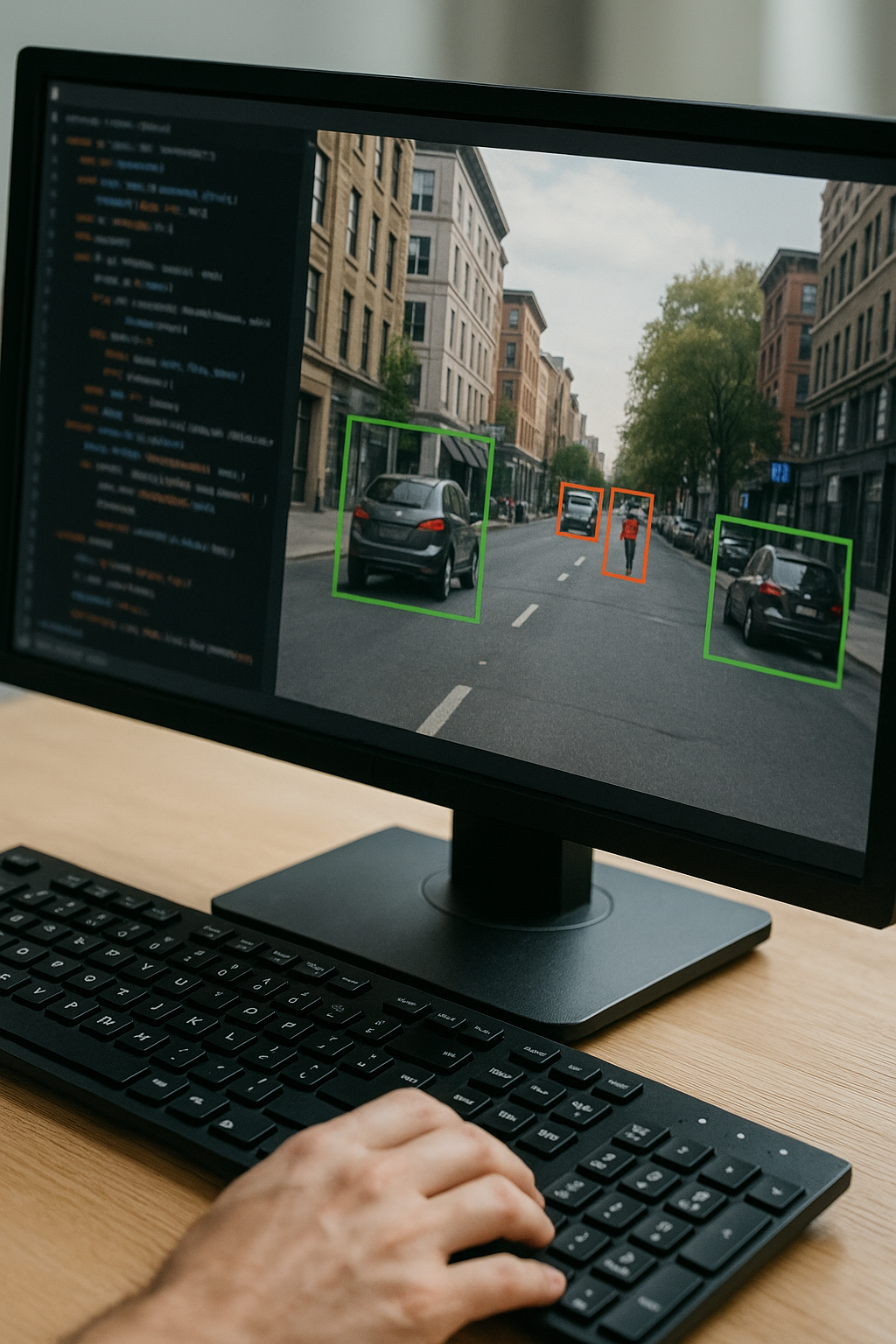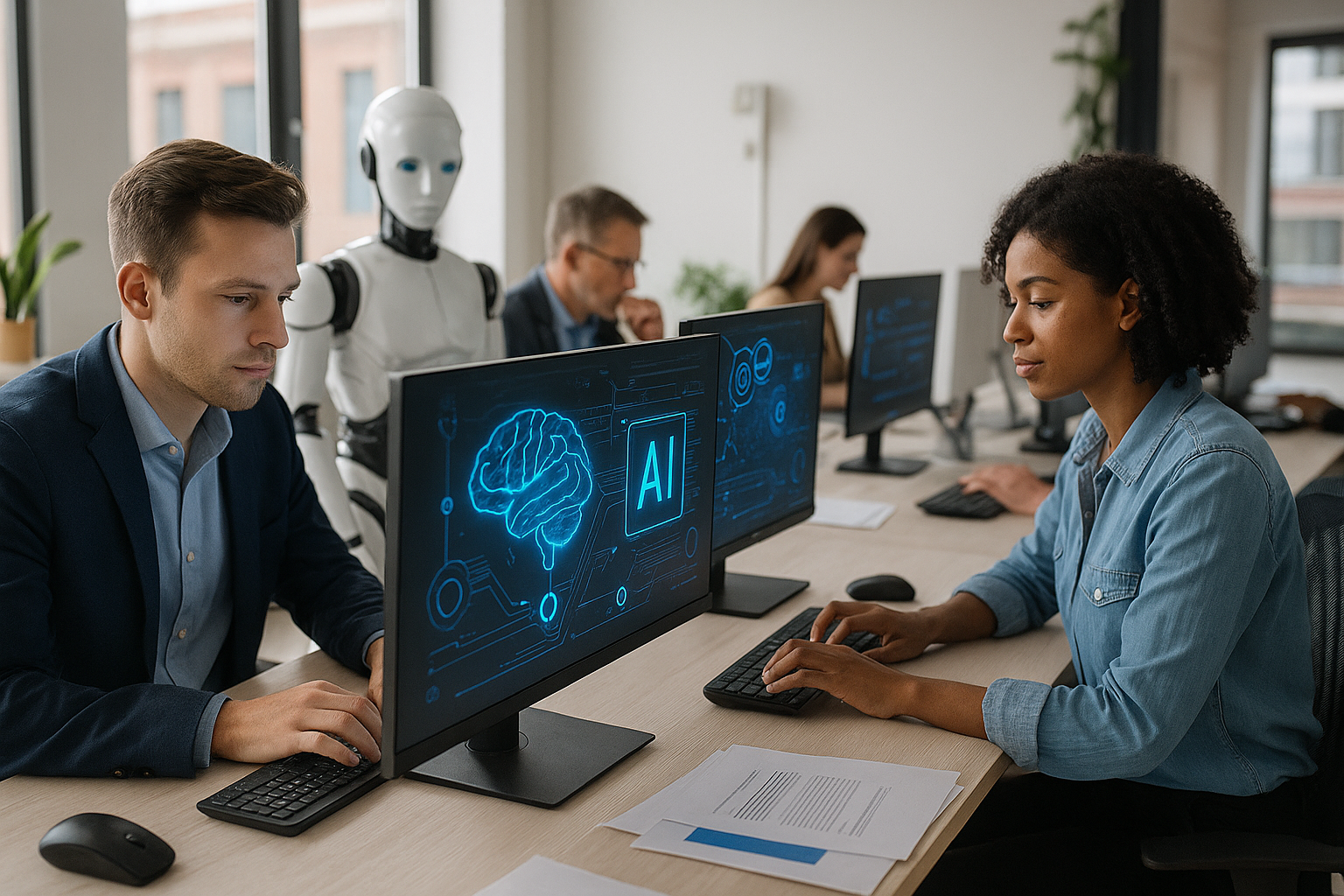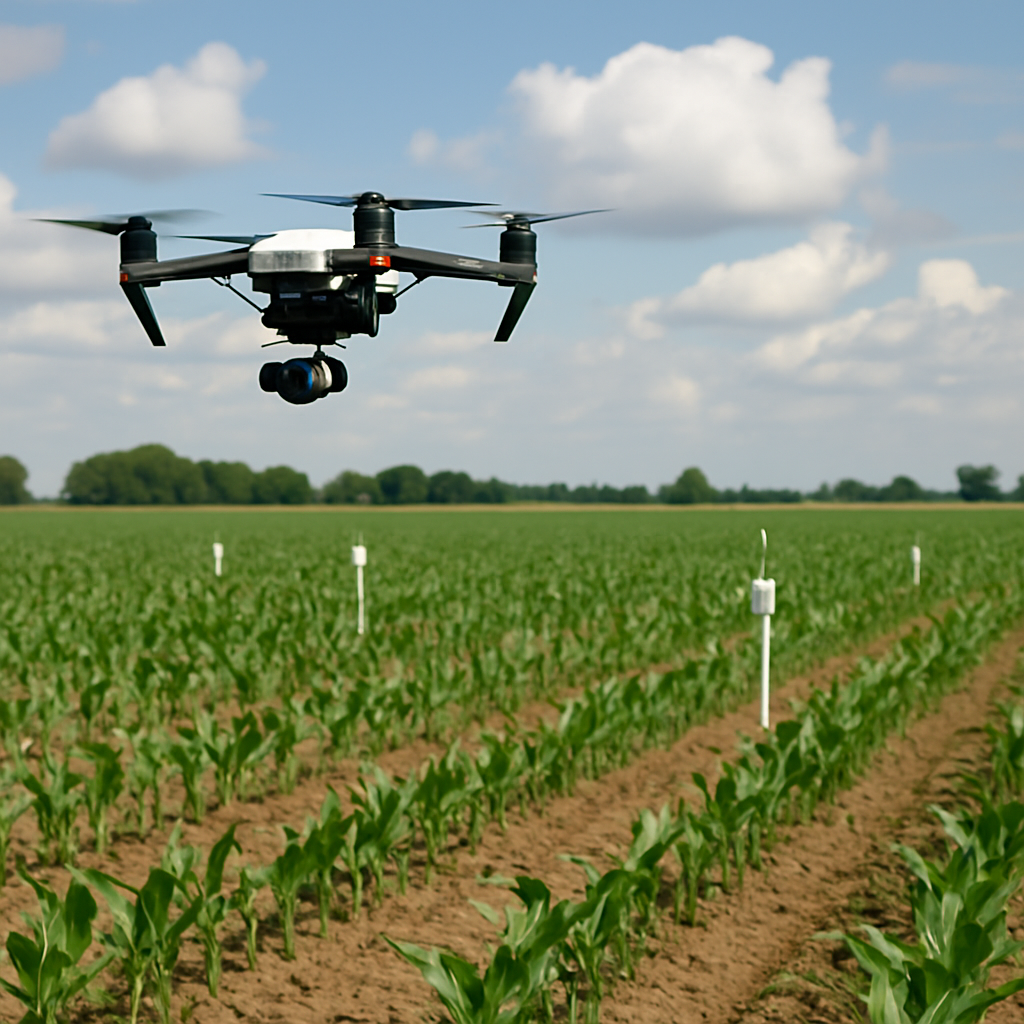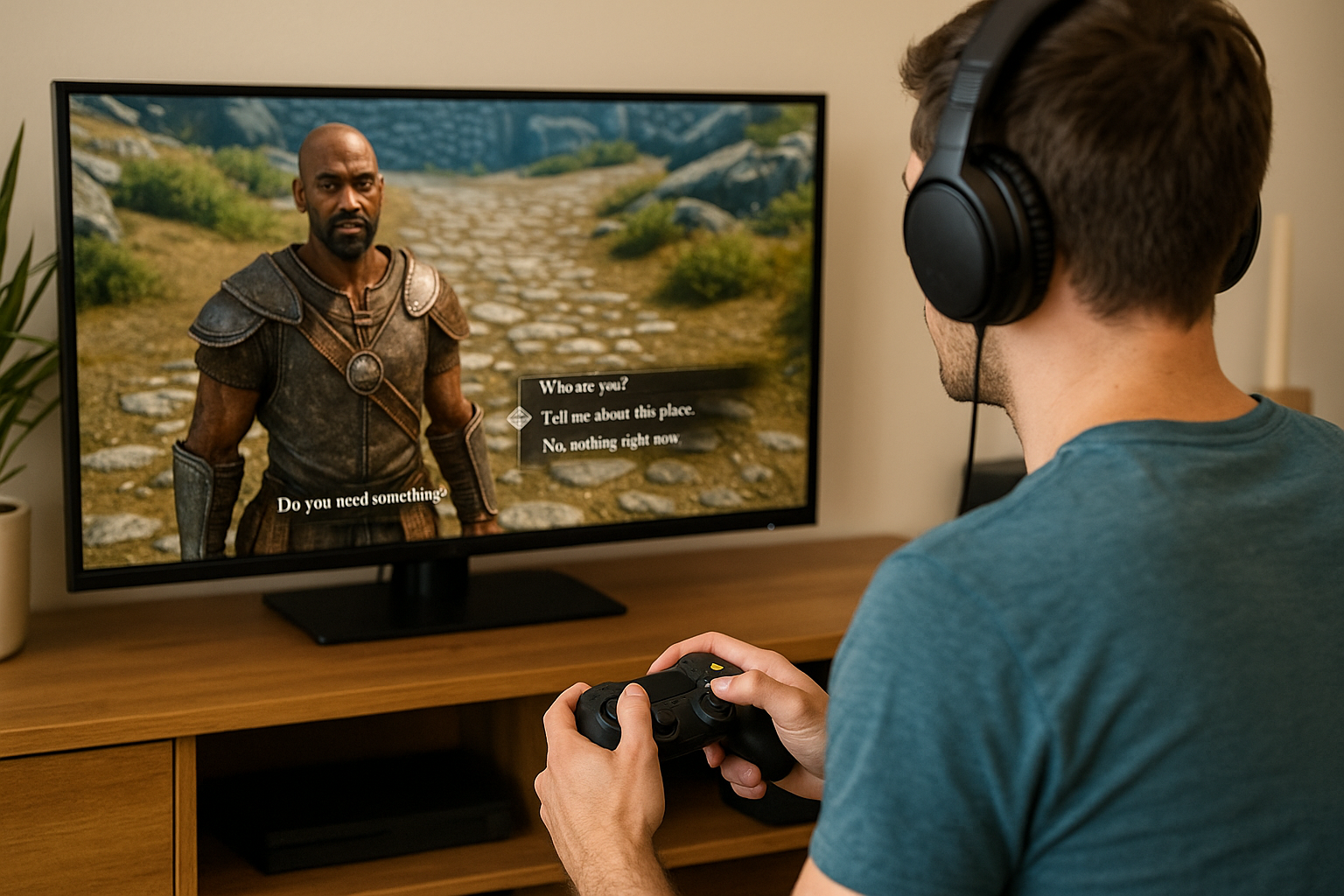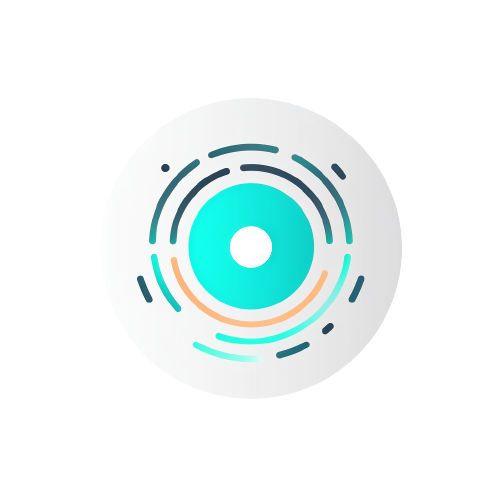Best AI Tools for Creative Professionals in 2025
From Music to Movies: The Best AI Tools for Creative Professionals
The creative world is going through one of the biggest shifts in decades. Artificial intelligence is no longer a toy for experiments — it’s become part of the daily workflow for musicians, filmmakers, illustrators, writers, agencies, and studios worldwide.
From mixing and mastering to scriptwriting, video editing, and concept art, AI now helps creative professionals work faster, smarter, and more intuitively than ever before. But with so many platforms and apps available, it can be hard to know which tools are actually worth building into your process.
In this guide, we’ll go deep on some of the best AI tools for creative professionals in 2025 — across music, film, design, and storytelling — and show how they fit into real workflows, not just flashy demos.
AI for Music: Composition, Mastering and Production
AI has quietly transformed music production. It’s no longer science fiction to ask an AI to compose a melody, suggest harmonies, polish a mix, or generate a full backing track that sounds like it came from a professional studio.
AIVA (Artificial Intelligence Virtual Artist) is one of the best-known AI composition tools. You choose a style — orchestral, electronic, cinematic, pop — and AIVA generates musical ideas you can tweak, rearrange, and build on. It works less like a replacement for a composer and more like a co-writer that never runs out of ideas.
For mastering, tools like LANDR analyze your track and apply EQ, compression, stereo enhancement, and loudness settings based on millions of reference masters. You upload your mix, choose a vibe, and within minutes you get a master that’s ready for streaming platforms. For independent artists, that’s the difference between “demo” and “release”.
When it comes to voice, Voicemod and similar voice-AI tools let creators generate or transform vocals for characters, trailers, ads, and voiceovers. You can design unique voices for game characters or adjust tone and style without calling your voice actor back into the studio.
The point isn’t that AI replaces musicians. It gives them more options, speed, and polish — especially in those technical stages that can slow projects down.
AI for Film & Video: Editing, VFX and Story Development
If any creative industry has felt the impact of AI, it’s film and video.
Tools like Runway sit right at the intersection of VFX and editing. With it, you can remove backgrounds, swap out objects, generate entirely new scenes, or extend shots — all with simple text prompts. What used to require multiple artists in a post-production house can now be prototyped by a small team or even a solo creator.
Traditional editing software has also evolved. Adobe Premiere Pro, powered by Adobe Sensei, can automatically cut long interviews into short clips, balance audio levels, suggest B-roll, and even match the look of one clip to another. Instead of spending hours on technical cleanup, editors can focus on the emotional rhythm and story.
On the writing side, Sudowrite and similar AI writing assistants are becoming popular among screenwriters and storytellers. They help with:
- Expanding scene descriptions
- Exploring alternate lines of dialogue
- Breaking through writer’s block on character arcs and subplots
The writer still leads the process; AI just removes the friction of staring at a blank page and gives you more ways to explore the story before locking the script.
Put together, these tools let filmmakers prototype faster, iterate more, and reserve their energy for creative decisionsinstead of repetitive technical tasks.

AI for Illustrators & Designers: Concepts, Branding and Visual Exploration
Visual artists have probably gained the most obvious benefit from AI: the ability to generate complex images in seconds.
Midjourney is a favorite among concept artists, game studios, and art directors. It excels at rich, moody, highly stylized images — perfect for moodboards, world-building, character concepts, and visual experimentation. You type a prompt describing your idea and iterate until the look feels right, then refine or repaint by hand as needed. It’s like having a limitless concept art assistant.
For more structured design work, Canva has turned into a serious design platform thanks to its AI features. You can ask it to generate layouts, remove backgrounds, create variations of a social post, or restyle a design for different platforms. Non-designers get professional-looking visuals, and designers get a faster way to test ideas and resize campaigns.
Leonardo.ai stands somewhere between imaginative art and production work. It allows you to train custom styles and maintain consistency across large sets of assets — perfect for game items, UI elements, or brand-specific illustration styles. Instead of struggling to keep everything visually coherent, you define a look once and use AI to extend that universe.
For illustrators and designers, AI isn’t a shortcut — it’s an idea accelerator. It lets you explore many more directions before you commit, and it compresses the time between “rough idea” and “visual proof of concept”.
AI for Writers & Storytellers: Content, Copy and Worldbuilding
Writers are also using AI — not as ghostwriters, but as sparring partners.
ChatGPT is widely used by copywriters, marketers, and authors to brainstorm angles, outline long-form content, restructure drafts, and test different tones of voice. You can paste a rough draft in and ask for a tighter version, or feed it a brief and let it suggest headlines, hooks, and calls-to-action that you can then refine.
For deeper narrative work, tools like Character.AI are popular. You can build persistent characters with specific traits, backstories, and voices, then “talk” to them to explore how they think and react. It’s a surprisingly effective way to debug plot holes, test dialogue, and flesh out the personalities in your story world.
Instead of replacing the writer, these tools clear away the busywork: repetitive rewrites, structural re-arranging, or mechanical grammar tuning. That leaves more energy for the parts that only a human can do: having something to say and choosing what matters.
How AI Is Reshaping Creative Workflows in 2025
Across music, film, design, and writing, AI is no longer a gimmick — it’s part of the real workflow. The big shift isn’t just speed; it’s the way AI changes how creative professionals think about their process.
A few patterns stand out:
- More iterations in less time. Instead of betting on one idea, teams can test dozens of versions of a scene, track, layout, or headline before deciding.
- Cross-discipline creativity. A filmmaker can rough out poster designs, a writer can generate storyboard frames, a musician can visualize album art — all without hiring extra specialists for early-stage exploration.
- Lower barriers for independents. High-end capabilities like mastering, VFX, or style-consistent art are no longer locked behind big budgets. Solo creators and small studios can now hit a professional bar that used to require a whole team.
AI hasn’t killed creativity. It has democratized it. The professionals who thrive in this new era aren’t the ones who avoid AI — they’re the ones who learn how to direct it.
Want to Stay Ahead of Creative AI?
New tools and features are launching every week, and it’s easy to miss the ones that could actually change your workflow.
At ToolTrendAI, we test, compare, and explain AI tools specifically for creative professionals — musicians, filmmakers, designers, writers, and hybrid creators who do a bit of everything.
Sign up for our free newsletter to get hand-picked AI tools, deep-dive reviews, and practical tutorials delivered straight to your inbox. No hype — just the stuff that actually helps you create more and stress less.
Sign Up For Our Weekly Newsletter and Get Your FREE Ebook " AI For Everyone - Learn the Basics and Embrace the Future"
